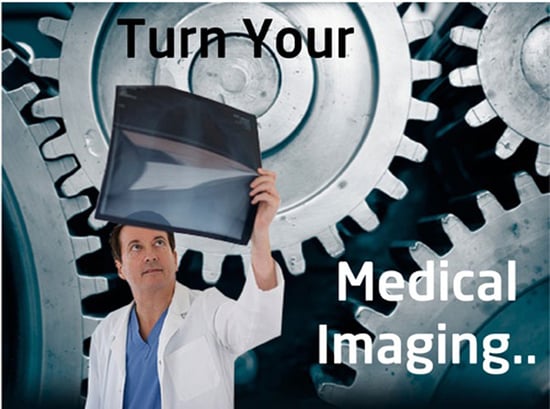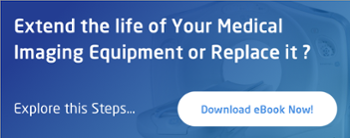Delivering Better Outcomes By Using Quantitative Imaging Analytics
We are now living in a digital age. It’s an era of decisions and outcomes driven by data and analytics. This insight into the numbers  and trends that influence everything we do has become a critical success factor in every industry around the world. For professionals working in the world of healthcare, it has become an invaluable tool for helping not just individual patients but entire populations live healthier lives and reach positive outcomes. Big data has also become a catalyst for improving workflow and the very procedures that are essential to the entire healthcare industry.
and trends that influence everything we do has become a critical success factor in every industry around the world. For professionals working in the world of healthcare, it has become an invaluable tool for helping not just individual patients but entire populations live healthier lives and reach positive outcomes. Big data has also become a catalyst for improving workflow and the very procedures that are essential to the entire healthcare industry.
In the world of medical imaging, data is allowing researchers and technicians to take a more in-depth look at the results of X-rays, MRI and CT procedures. It’s called quantitative imaging analytics and it means turning medical images into data that can be used throughout the process to gain a better understanding of the results, make better decisions and get better patient outcomes.
Removing the Guess Work
A highly trained professional typically interprets the images produced during most medical imaging procedures. During this process there are many variables at play. When a radiologist, doctor or nurse looks at a physical or digital image to make a diagnosis, it can often be a highly subjective analysis. Even the newest Picture Archive and Communications Systems (PACS) come with a basic set of tools for the radiologist to make a mostly qualitative assessment.
What quantitative imaging analytics seeks to accomplish is a more insightful analysis. It’s a method that takes current imaging results, prior exams, medical history and reference imaging into account. By extrapolating a wealth of information from these sources, assigning values and tracking each metric and data point, the analyst is able to make a more informed decision and possibly catch something that would never have been noticed.
Electronic Health Records and Crowd-Based Analytics
As the integration of Electronic Health Records (EHR) becomes more common, access to background and historical data will help doctors and radiologists look at the bigger picture not just for one patient but an entire population. By examining the full spectrum of a patient’s care, as well as results from other patients with similar medical conditions, doctors can track and connect, patient demographics, conditions, treatment options and outcomes. The resulting data cannot only give insight into the best course of treatment; it can help medical professionals predict future medical issues or outbreaks.
Quantitative Imaging Analytics in Oncology
This quantitative approach has many applications but one of the most important and life changing is in the world of oncology. Imagine the ability to go beyond looking at the standard measurements and dimensions of a tumor to study the intensity, shape and texture of the structure, all through a noninvasive imaging procedure. It’s possible by using the data collected from previous imaging results in combination with the data taken from biological samples obtained through other extractions. As that database grows, doctors will be able to compare and connect those data points and biomarkers to avoid unnecessary physical tissue extraction.
Screening
Another helpful application for quantitative imaging analytics is in several types of cancer screening. By combining image analysis with other population-based analytics, doctors are able to both avoid unnecessary testing and recommend preemptive screening. For example CT scans can catch cancer earlier and help save more lives that X-rays. However CT scans can also sometimes deliver false positives because they are so sensitive they can pick up other non-cancerous nodules inside the human body. By combining medical imaging procedure with historical data and population biomarkers, doctors are able to determine true-positive results and proceed with more confidence.
As the precision and convenience of medical imaging continues to improve so will the technologies that connect the world of healthcare. New interconnected X-ray, CT and MRI systems are already changing the way radiologists and doctors interpret, use and share information. Big data and analytics are everywhere and they will be an essential part of medical imaging and healthcare forever.
High-resolution MRI, CT, X-ray, C-Arm and PET/CT/Nuclear systems are where Atlantis Worldwide comes in. Whether you plan on improving your practice or just need high-quality, reliable and cost effective solutions for your medical imaging needs, Atlantis Worldwide can help you prepare for the future. Contact Us Today!
Some blogs you may have missed:
- The Limitless Potential of 3D Printing in Healthcare
- Can Your MRI Be Hacked?
- OEC 9800 SUPER C - IS IT RIGHT FOR YOU?
- 7 Benefits of Medical Imaging File Sharing
- The Facts About Nuclear Medicine
Meet the author: Vikki Harmonay



